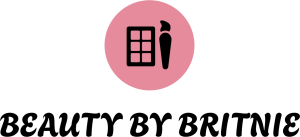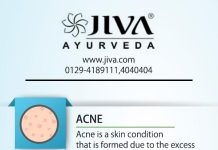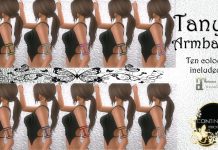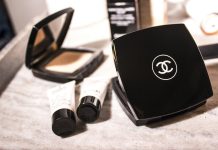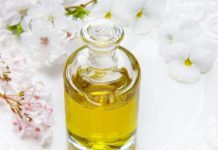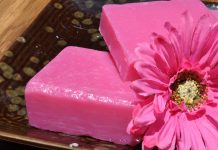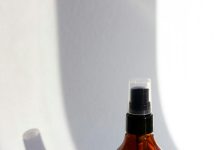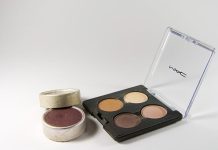In a world where beauty routines are as diverse as the individuals who cherish them, the spotlight is increasingly turning toward the ingredients nestled within our beloved products. As consumers become more discerning and informed, the question arises: Should beauty brands lift the veil and offer greater transparency about what exactly goes into their formulations? This inquiry delves beyond mere curiosity, touching on themes of trust, safety, and empowerment. As we explore this topic, we unravel the intricate relationship between brands and their patrons, examining the potential benefits and challenges of a more transparent approach in the beauty industry.
Unveiling the Layers: The Importance of Ingredient Transparency
In a world where consumers are becoming increasingly conscious about what they put on their skin, understanding the components of beauty products is crucial. Ingredient transparency not only builds trust but also empowers individuals to make informed choices. Consumers today are more educated and are actively seeking out products that align with their values, whether that’s avoiding certain chemicals, supporting sustainable practices, or choosing cruelty-free brands.
Why does transparency matter? Here are a few reasons:
- Health and Safety: Clear labeling helps consumers avoid allergens and irritants.
- Ethical Considerations: Knowing the source and impact of ingredients supports ethical purchasing decisions.
- Environmental Impact: Transparency about biodegradable and eco-friendly ingredients aids in reducing environmental harm.

Decoding Labels: How Clarity Can Build Consumer Trust
In an era where consumers are increasingly mindful of what they apply to their skin, the demand for transparency in beauty products is soaring. Labels often resemble a chemistry textbook, leaving consumers puzzled over what they’re actually buying. By providing clear, accessible information, beauty brands can foster trust and loyalty. When ingredients are clearly listed and explained, customers feel more confident in their purchasing decisions. This transparency not only builds trust but also enhances the brand’s reputation as a responsible and ethical player in the market.
- Ingredient Clarity: Break down complex terms into understandable language.
- Purpose and Benefits: Explain the role of each ingredient and its benefits.
- Allergen Information: Clearly highlight potential allergens to avoid adverse reactions.
- Sustainability Efforts: Share information about sustainable sourcing and eco-friendly practices.
By adopting these practices, brands not only comply with regulatory standards but also align with the values of modern consumers who prioritize health, safety, and sustainability.

The Science of Disclosure: Navigating Complex Ingredient Lists
Understanding the intricate language of ingredient lists can feel like deciphering a complex code. Often, consumers are left to navigate a maze of scientific jargon, where the significance of each component is shrouded in mystery. Transparency in ingredient disclosure not only empowers consumers but also fosters trust between brands and their audience. Imagine a world where beauty labels offer clear explanations, detailing the purpose and benefits of each ingredient. This shift could transform consumer choices, allowing individuals to make informed decisions based on their unique needs and values.
While some brands have taken strides towards clarity, many still lag behind, opting for vague descriptions and catch-all terms. To truly embrace transparency, beauty brands could adopt practices such as:
- Interactive labels: Utilizing QR codes or digital platforms to provide detailed ingredient breakdowns and sourcing information.
- Consumer education: Offering workshops or online resources to educate consumers on ingredient functions and potential effects.
- Open dialogue: Encouraging feedback and questions from consumers to address concerns and improve formulations.
Such initiatives not only enhance consumer knowledge but also cultivate a more ethical and accountable beauty industry.

Guiding the Industry: Best Practices for Transparent Communication
In the ever-evolving landscape of beauty, transparency isn’t just a buzzword—it’s a necessity. Consumers are becoming increasingly savvy, seeking clarity about the ingredients in their skincare and cosmetic products. Open and honest communication builds trust and loyalty, positioning brands as leaders in the industry. To achieve this, beauty brands can adopt several best practices:
- Clear Labeling: Simplify ingredient lists and use layman-friendly terms alongside scientific names to ensure accessibility.
- Ingredient Origins: Share the sourcing story of key ingredients, highlighting sustainability and ethical practices.
- Allergen Disclosure: Provide detailed information on potential allergens to cater to sensitive skin and health-conscious consumers.
- Digital Transparency: Utilize websites and apps to offer in-depth ingredient breakdowns, benefits, and safety data.
By embracing these strategies, beauty brands not only foster a culture of transparency but also pave the way for a more informed and empowered consumer base.

